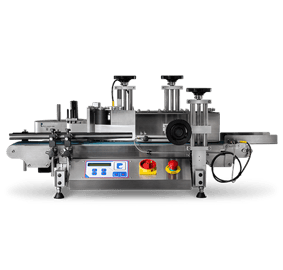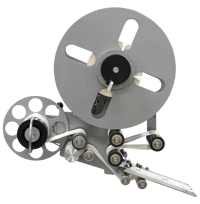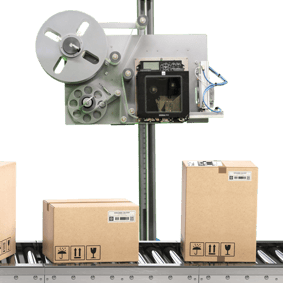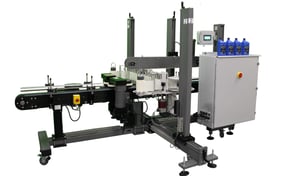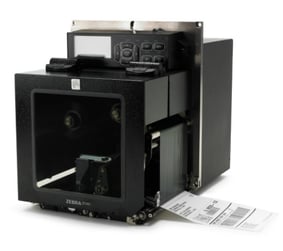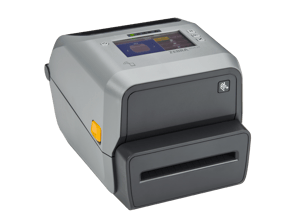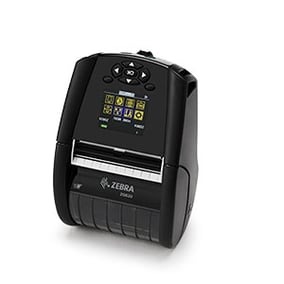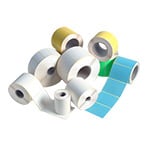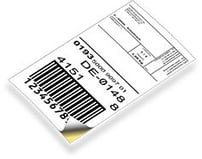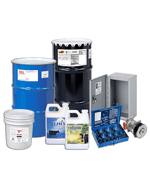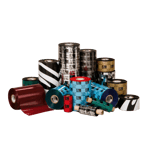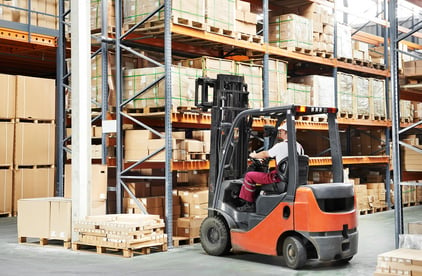Print and Apply vs Offline Labeling - Which is Right for You?
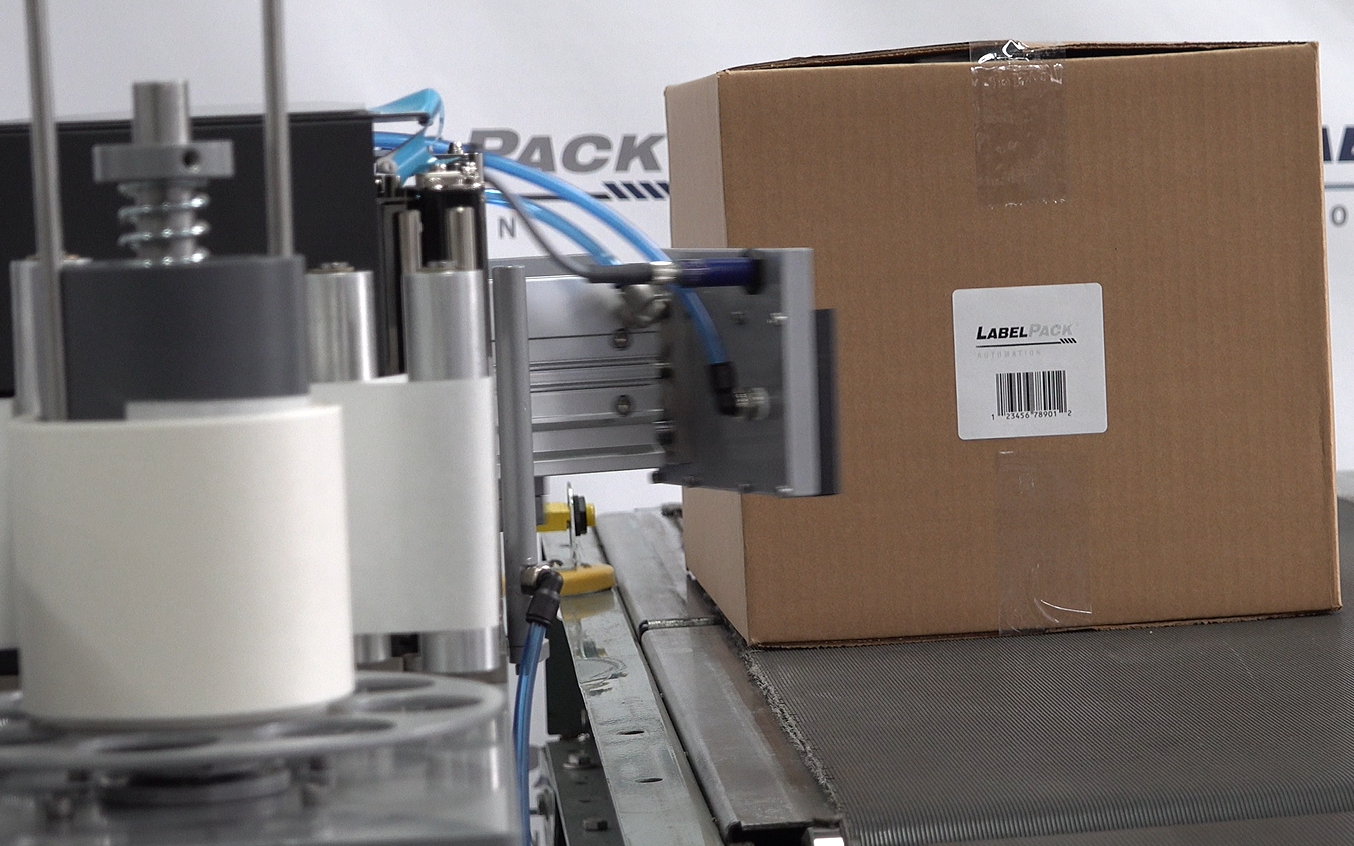
When it comes to labeling your product, boxes, or pallets, the method you choose can significantly impact your operation’s efficiency, accuracy, and productivity. Two of the most common options when it comes to thermal transfer or direct thermal printing are the use of print and apply labeling systems or offline desktop printers with manual labeling at a separate workstation. Which one is right for your application?
Here are the pros and cons of each method to help you determine the best fit for your labeling workflow.
What Is Offline Printing?
An example of offline printing is where there is a separate print room or workstation that several employees utilize and share to print their labels to manually apply later. In some set ups, an entire roll may be pre-printed and then handed off to a secondary area for application.
Common Use Cases/Benefits:- Ideal for low-volume labeling operations
- A single printer station can serve multiple employees
- Simpler setup with lower upfront equipment cost
- Time lost walking to the printer or waiting your turn
- Higher risk of mislabeling due to manual handling
- Slower throughput
- Increased labor costs
What is Print and Apply Labeling?
Print and apply systems are automated machines that include a print engine that prints variable information in real time and applies the label directly to a moving product, box, or pallet. These systems are typically integrated into production or packaging lines and pull data from your WMS, ERP, or labeling software.
Common Use Cases/Benefits:- Ideal for high-volume, fast-paced operations
- Improves speed, consistency, and accuracy
- Reduces manual labor and associated costs
- Scalable as your business grows
- Enables you to use your employees for higher value tasks
Key Determining Factors when Considering Automating the Labeling Process
- Labor Time & Cost
- How many hours per shift are spent on manual labeling?
- If one or more employees are spending more than 2-3 hours per shift labeling, you are likely at the point where automation makes economic sense
- Labeling Errors
- Are mislabels causing rework, customer complaints, or compliance issues?
- Production Bottlenecks
- Is labeling slowing down your throughput?
- If labeling isn't keeping pace with the rest of the production line, automation can remove the bottleneck
- Growth or Seasonal Spikes
- Are volumes increasing? Do you scale up labor during seasonal surges?
- Print & Apply systems could more efficiently handle the increased volume without increasing your headcount and labor costs
- Labeling Environment
- Are your labels variable (does the data come from your WMS or ERP system?)
- Is your labeling station far from the point of application?
Not Sure Which Option Fits Best?
Deciding when to transition to automated labeling can be challenging. That’s where we come in. At LabelPack Automation, we’ll evaluate our current workflow and labeling needs- and help you determine the best solution using our free ROI calculator tool to ensure the investment aligns with your goals. Do not hesitate to contact us to help you optimize you labeling process.

